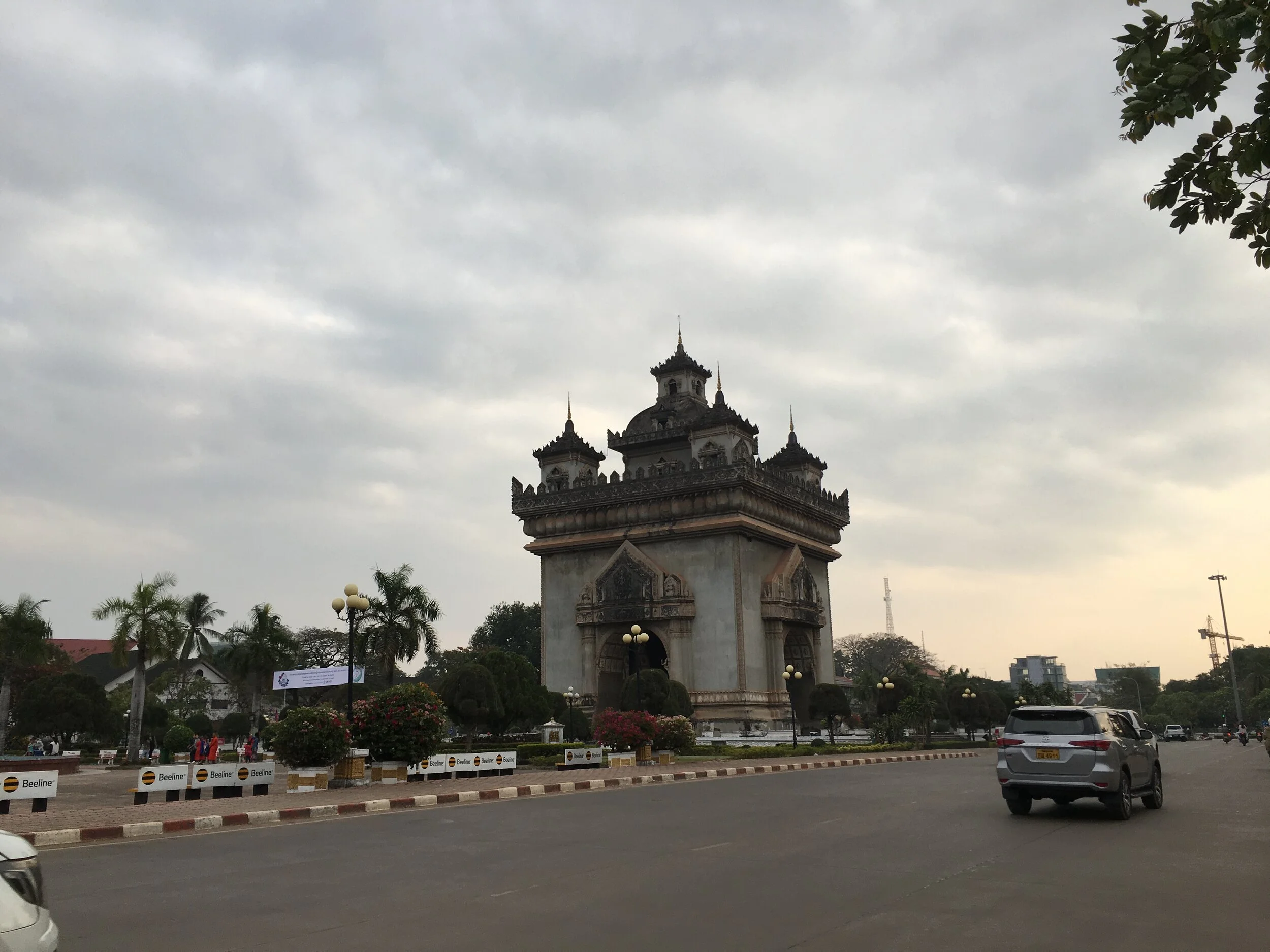10 Must-Visit Traditional Festivals in Laos
This post was originally published on The Culture Trip. To read the original, click here.
Lao culture takes plenty of time to celebrate Buddhist holidays, political holidays and plenty of animist and minority festivals to boot. Check out the top festivals in Laos and get ready to party!
PI MAI
Lao New Year, also called Pi Mai or Songkran, is celebrated in Laos from April 14-16. This festival is officially three days long, but it usually lasts a full week and includes huge water fights, where people get doused with water and flour in the streets by strangers. Carry an umbrella and join in the fun. Parades in cities, especially Luang Prabang and Vientiane (to a lesser extent), have people dressed in traditional masks retelling the history and folklore of Laos and Buddhism. Temples and homes are cleaned for the New Year, and the faithful make offerings. Beauty pageants, baci ceremonies and traditional music and dance round out the festivities.
Boun Bung Fai
The date of Boun Bung Fai, or the Lao Rocket Festival varies by region and sometimes by village. Festivals take place in May, June and July. Villagers ask the spirits to end the hot season and bring on the rains by launching homemade rockets. Winners are those whose rockets fly highest and burn brightest. Losers are thrown in the mud. Spectators watch the show, hear the judges remarks and eat and drink.
VAT PHOU / WAT PHOU
Ruins, Buddhist Temple, Archeological site, Hindu Temple
Wat Phou | © Regina Beach
Along with the Champasak Cultural Landscape, the 5th century Khmer ruins of Wat Phou is the second inclusion in the UNESCO World Heritage List of Laos. In late January or early February the faithful flock from Laos, Cambodia and Thailand to the temple Wat Phou, meaning ‘mountain temple.’ Boun Wat Phou festivities include boat racing, cock fighting, dancing and, of course, drinking. Blended into the surrounding nature, the remains of Wat Phou are dotted all over the mountain face. Oriented toward the east, the ruins have two large reservoirs on either side of a long column-lined road, leading toward the mountains. Past the palace ruins, up a steep staircase, you’ll find the sanctuary with a modern Buddhist shrine and a natural spring considered to be sacred.
Boun Khao Phansa
The July full moon brings on the rainy season and the start of Buddhist lent. Weddings are put on hold until October, monks return to their home temples and hundreds of young men take up the cloth as novices, to earn merit for their families and show their devotion to the Buddhist tenants. The faithful bring offerings such as intricately folded banana leaves and marigolds to the temples for the monks, and receive blessings.
PHA THAT LUANG
Buddhist Temple
Boun That Luang takes place every November, over three days around the full moon. The stupa in Vientiane is the national symbol of Laos and is said to house a piece of Buddha’s breastbone. Thousands of pilgrims gather at That Luang to give offerings to the monks who come from all over Laos. Processions, parties, and a trade show follow. Even if you don’t make it for the festival, the stupa is a sight to behold any time of year. Join the faithful and place offerings of flowers, candles and incenses at the alter or quietly stroll around the massive enclosed yard.
Hmong New Year
The Hmong people are an ethnic tribe who live in Northern Laos, Thailand and Vietnam. Mid-December means New Year celebrations for Hmong people, who don their best clothes and silver jewelry. Carnival games, singing and dancing and (of course) tons of delicious food are part of the celebration. The Hmong courtship ritual is an important part of the New Year celebration–in a game called pov pob, young people toss cloth balls back and forth to get to know one another and find potential partners.
Lao National Day
December 2 is Lao National Day, which is a celebration of the Communist party. The Pathet Lao, which translates as “the lao people”, is the name of the only political party in the country. On this day in 1975, the monarchy was abolished and the beginning of the people’s democratic republic. Citizens wear their ethnic clothing or government uniforms and attend political rallies at dawn.
Boun Ock Phansa
Boun Ock Phansa is celebrated in October as the end of Buddhist lent. This festival is celebrated with boat racing, especially in Mekong River towns like Luang Prabang and Vientiane. Parades are held in the streets with elaborate floats that are eventually taken to the river as offerings to the naga, or mythical water serpents. Alms are given to the monks who resume their social duties outside the temple.
Haw Khao Salaack
During the full moon in September, Buddhists in Laos celebrate Haw Khao Salaack. People dress up and go to the temple with offerings for their own dead loved ones. They also bring food, candles, incense and money for the dead who have no living relatives. By appeasing the spirits and making sure they are resting peacefully, it’s more likely the spirits will watch over those still living and not cause trouble.
Vietnamese New Year Tet
While Chinese and Vietnamese New Year isn’t a huge holiday in Laos, there will still be lion dances on the street, red lanterns hung at restaurants and shops, and plenty of specialty culinary delights such as Banh Tet – sticky rice wrapped pork and mung bean in banana leaves.







